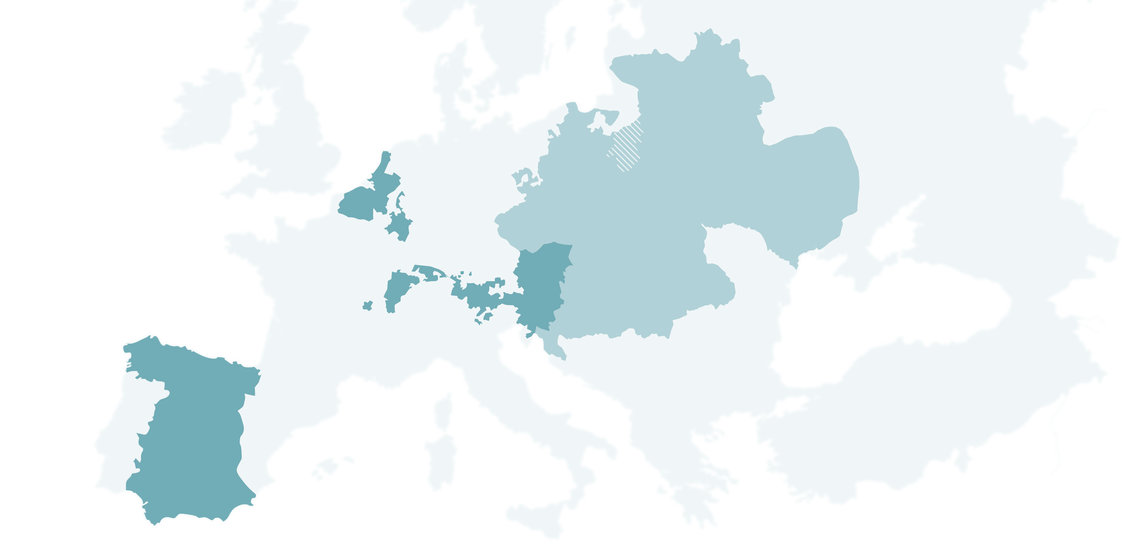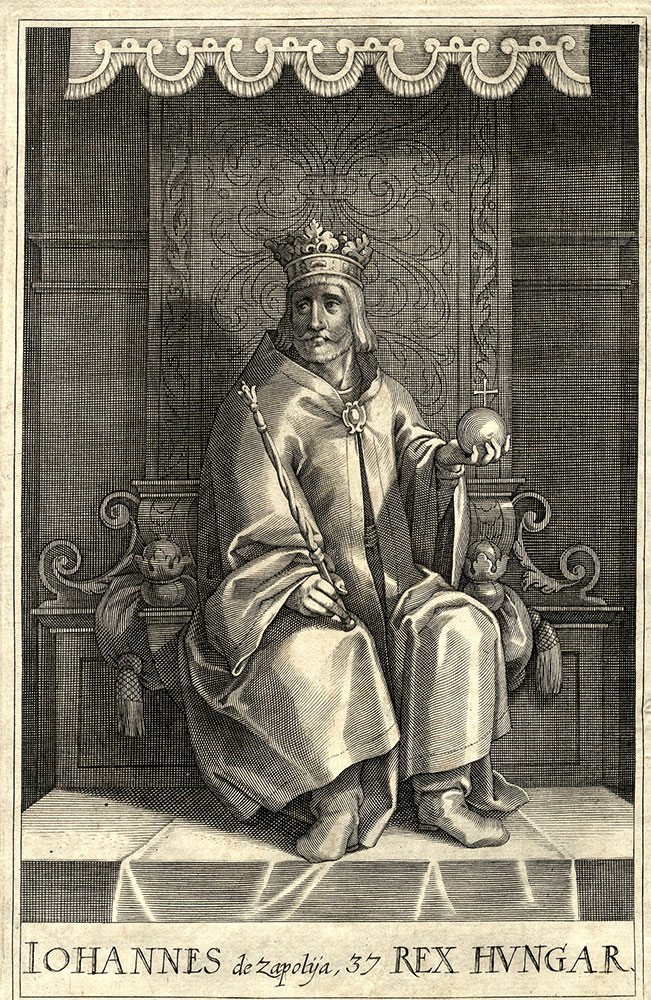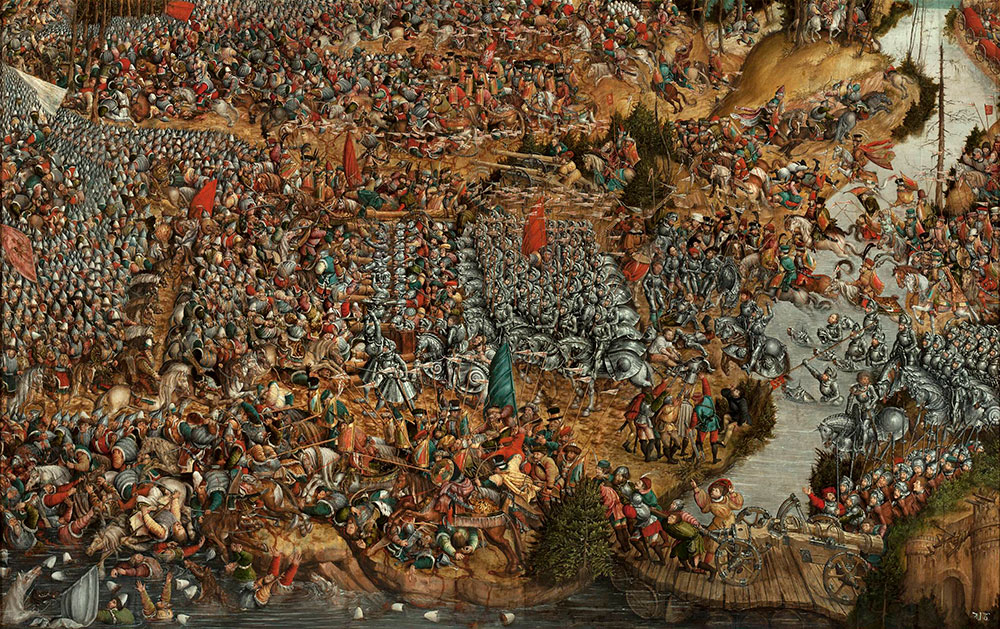the Hungarian Peasants’ Uprising
In 1512 the Hungary’s border defense was badly breached. The Ottomans occupied the castles of the Banat of Srebernik, which had formerly belonged to Bosnia. Pope Leo X called for a crusade against the Turks. The campaign was led by the legate, Cardinal Thomas Bakócz. The crusaders’ camp attracted a great number of peasants. The army was commanded by Georg Dózsa, a Szekler and an officer from one of the border fortresses,. The observant Franciscans (Franciscan Observantes) were in charge of recruitment. The order would also play an important role in the elaboration of the ideology of the uprising. The assembled troops began to pillage, so the royal castle stopped both recruiting and the crusade - but the crusaders continued their campaign. They looted the houses of noblemen and murdered their owners; they also took the Bishop of Csanád prisoner and crucified him. They were even able to conquer some of the castles.
The king started to gather an army in June against the rebellious peasants. The troops of the crusaders were annihilated. Johann Szapolyai/Zápolya, the Woiewod of Transylvania, defeated the army of Dózsa near Temesvár (today, Timisoara in Romania). Georg Dózsa and the other leaders of the uprising were executed. The biggest peasant revolt in Hungarian history did not affect entire kingdom. The peasants of Transdanubia, Slavonia the northern Comitates, and the northern part of Transylvania participate. It was not social issues that caused the crusade to turn into an uprising. Once the peasants felt the nobility was reneging on their duty to defend the country, they took it upon themselves both to fight the Turks and to punish nobility.
István Tringli
Lithuania’s Loss of Smolensk, and the Battle of Orsza/Orscha
By the end of the Moscow-Lithuanian Wars, which escalated after the death of Kasimir Jagiello in 1493, Lithuania had lost a third of its territory as its frontier was pushed westward to the river Dnieper. This war between the Jagiellons and Moscow became an important factor in international politics in Central and Eastern Europe. The enemies of the Jagiellons (the Teutonic Order and the Habsburgs) sought to manipulate the conflict to serve their own purposes.
The year 1514 was significant in the struggle between Lithuania (heavily supported by Poland) and Moscow. In July, the Muscovite army conquered Smolensk, a key fortress that dominated the region between the Dnieper and the Düna. On September 8th, the Polish-Lithuanian Army defeated the Muscovite army near Orza/Orscha. This decisive victory was used in Lithuanian propaganda and strengthened King Sigismund’s standing in international politics.
Boguslaw Dybaś


